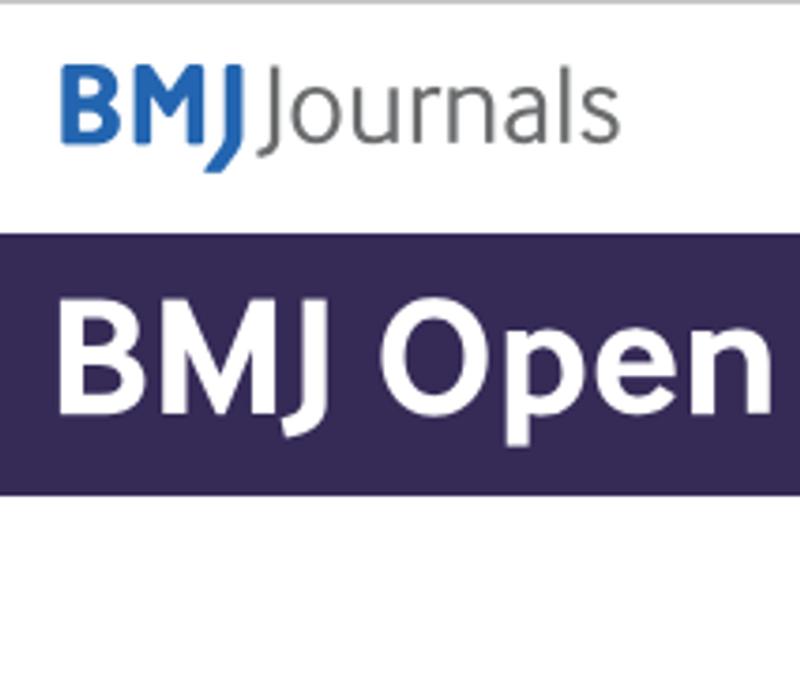Is there a difference in ischaemic heart disease deaths that occur without a preceding hospital admission in people who live in rural compared with urban areas of Aotearoa New Zealand?
An observational study
Rory Miller, Robin Turner, Gabrielle Davie, Tim Stokes, Sue Crengle, Alex Mcleod, Maria Tane & Garry Nixon. BMJ Open 2025;15:e088691. doi:10.1136/bmjopen-2024-088691
2025-03-15Rural and urban patients in New Zealand had similar rates of ischaemic heart disease (IHD) deaths without prior hospital admission, meaning rural patients are not disproportionately dying before reaching a hospital. However, rural non-Māori aged 55–64 had higher odds of dying without prior hospitalisation, while rural non-Māori aged 75+ were more likely to have been admitted before death, possibly due to healthcare migration. These findings highlight the need for improved cardiovascular risk prevention, better access to acute medical services, and increased availability of defibrillators in rural areas.
ABSTRACT
Objectives: Unlike comparable countries, acute coronary syndrome (ACS) mortality is similar among patients who present to rural and urban hospitals in Aotearoa New Zealand (NZ). The aim of this study was to determine whether differences in ischaemic heart disease (IHD) deaths that occurred without a preceding hospital admission in rural and urban populations explained this finding.
Design: Retrospective observational study using the National Mortality Collection (MORT) and National Minimum Dataset (NMDS) for hospital discharges datasets.
Setting: People in NZ who died from IHD were categorised based on their rural–urban status (U1 (major urban), U2 (large urban) and rural) using the Geographic Classification for Health and prioritised ethnicity (Māori—NZ’s Indigenous population and non-Māori).
Participants: All people 20+ years who died from IHD between July 2011 and December 2018.
Primary and secondary outcomes: The outcome was the lack of a hospital admission preceding IHD death, identified by linking the NMDS with MORT. This was measured for the 30 days and 1 year prior to death and for all-cause and IHD hospitalisations separately.
Results: Of the 37 296 deaths, a similar percentage of rural and urban residents died without an all-cause (rural 63.2%, U2 60.8%, U1 62.8%) or IHD (rural 70.9%, U2 69.0%, U1 70.1%) admission in the preceding 30 days, or without an all-cause (rural 32.8%, U2 35.5%, U1 35.5%) or IHD (rural 52.7%, U2 52.6%, U1 51.9%) admission in the preceding year. Exceptions were deaths that occurred without a prior admission for rural non-Māori aged 55–64 (higher odds) and 75+ years (lower odds) compared with U1 non-Māori 55–64 and 75+ years, respectively, across all four outcome measures.
Conclusions: This study suggests that the lack of difference in ACS mortality for patients who present to NZ rural and urban hospitals is not explained by IHD death that occurred without a recent preceding hospital admission

